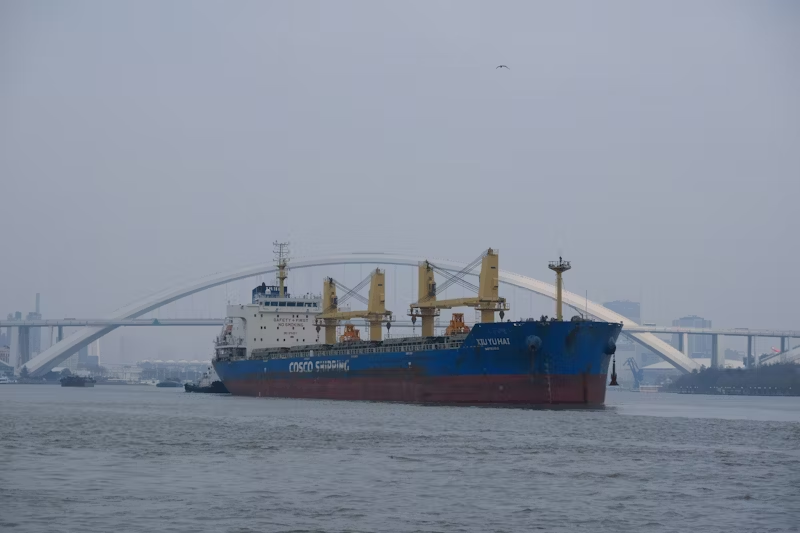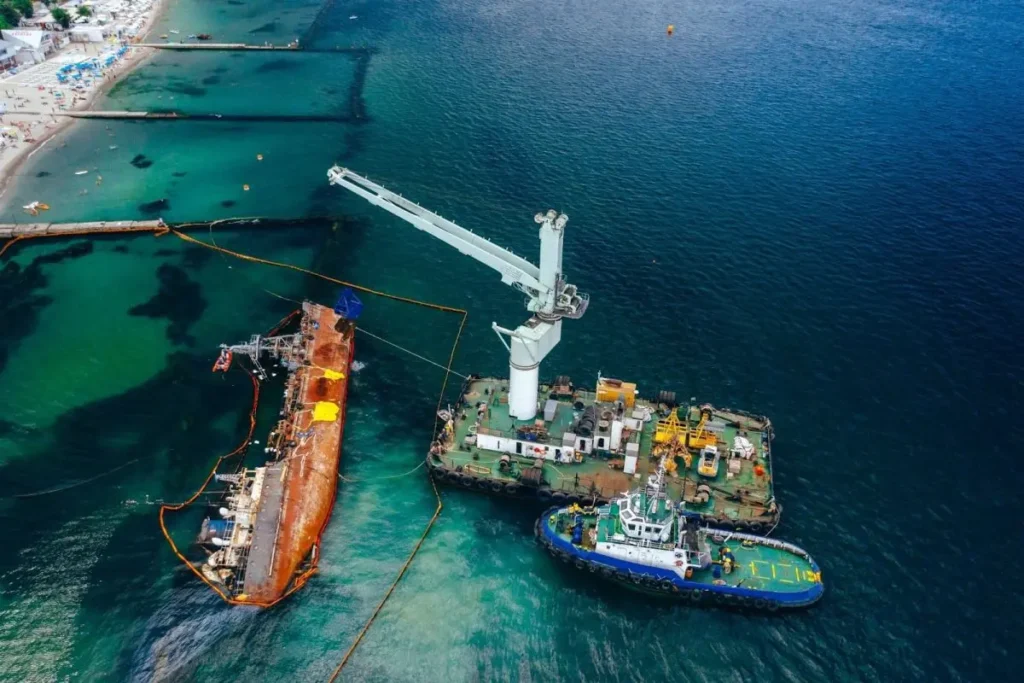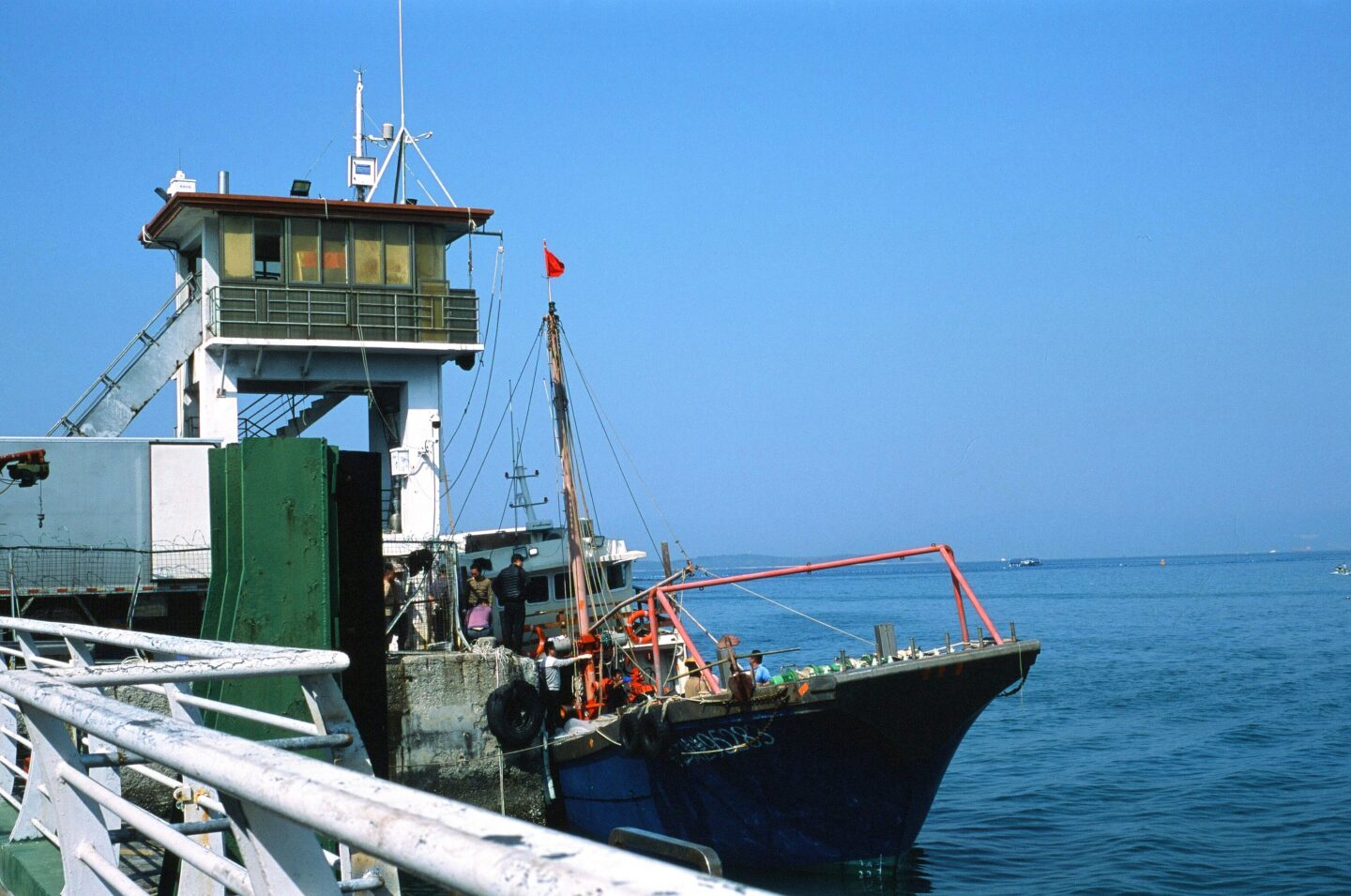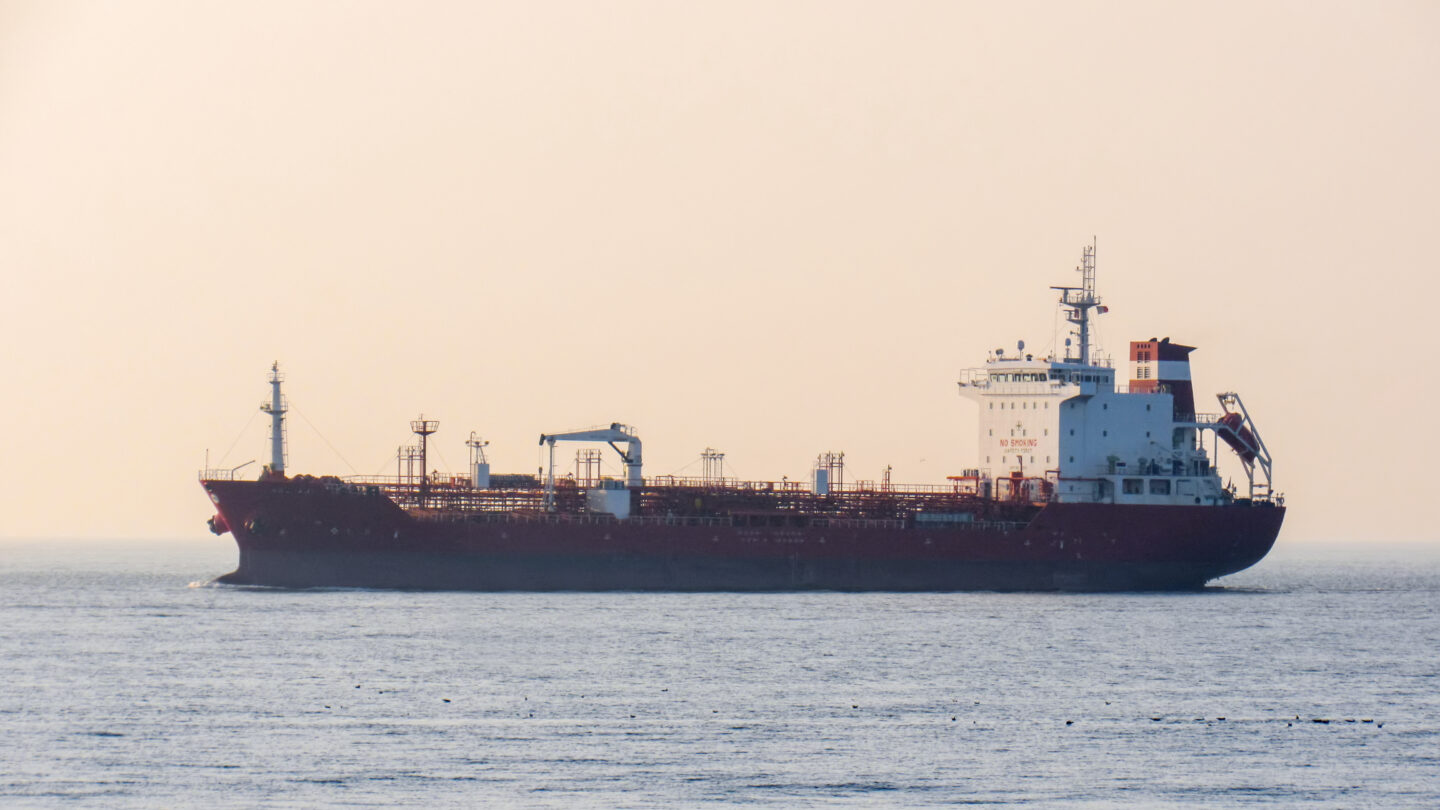Dealing with oil and chemicals safely is vital in maritime operations, and cargo oil pump turbines make this task faster and more efficient for oil tankers and chemical carriers. They support the effective movement of oil products from tanks to where they are stored ashore.
If cargo oil pump turbines malfunction often, it can result in expensive delays, risks to safety and problems for the ship’s operation. A lot of marine engineers and ship owners find themselves caught in a cycle of investigation and guesswork.
In this article, we’ll talk about the most likely reasons pump turbines fail and how you can enhance your system for lasting results.
Understanding the Cargo Oil Pump Turbine System and Its Working Principle
The central part of a cargo discharge system is the cargo oil pump turbine, which passes mechanical energy to the rest of the system via the rotating shaft, either with steam or a diesel engine. The pump impeller is energised by the natural flow of water, which draws the liquid through a suction line and pushes it out of a discharge pipeline.
The system consists of several critical components:
- Pump impeller – generates centrifugal force to move the liquid
- Pump casing – encloses the impeller and channels the flow
- Mechanical seals – prevent leakage around the rotating shaft
- Bearings and connecting shaft – enable smooth rotation
- Valves and relief systems – regulate flow and prevent pressure build-up
They make fuel or heat power mechanical energy, which is converted into hydraulic pressure. The pump can operate as desired if the suction pressure, flow rate, and mass flow are kept constant. Even minor problems with these factors may cause the system to waste energy or break down.
Common Causes of Frequent Failures in Cargo Oil Pump Turbines
Frequent pump failures rarely stem from a single issue. Most are caused by a combination of mechanical wear, fluid dynamics, and cargo characteristics. Here are the most common culprits:
- Suction and discharge issues – A blocked inlet, damaged casing, or poor suction capability can drastically reduce volumetric flow and cause cavitation.
- Seal and bearing problems – Mechanical seal failure and bearing wear lead to internal leaks, excessive heat, and pump vibrations.
- Gas or vapour entrainment – The presence of vapour in the pump reduces efficiency and can cause internal damage due to cavitation.
- Hydraulic oil issues – Low oil levels or poor-quality hydraulic oil in the control system can hinder performance.
- Overloading and speed imbalance – Operating the pump outside its design range can cause overheating and premature component failure.
- Cargo viscosity changes – Different cargoes (e.g., crude oil vs. refined products) vary in viscosity, affecting the ease of discharge and required pump power.
Understanding these issues helps in tailoring your maintenance strategy to prevent repeated breakdowns.
How to Diagnose Issues in Marine Cargo Oil Pump Turbines
1. Inspect the Pump Room and Engine Room Environment
Start with a visual inspection of the pump room and surrounding areas:
- Check for leaks, oil puddles, or unusual noises from the pump casing.
- Inspect relief valves, stripping pumps, and the general cleanliness of the environment.
- Verify the oil level in the seal system and hydraulic oil reservoir—low levels are a red flag.
2. Monitor Suction and Discharge Parameters
Systematically monitor operational data:
- Record suction pressure, flow rate, and mass flow rate at various operating loads.
- Compare readings with manufacturer specifications to detect abnormalities.
- Observe the discharge operation and volute area for irregular performance or reduced throughput.
3. Check Mechanical and Structural Components
Mechanical degradation often begins subtly:
- Examine the pump impeller for corrosion, pitting, or damage.
- Check bearings and mechanical seals for signs of wear.
- Rotate the connecting shaft and observe if there’s smooth movement—any vibration indicates misalignment or internal damage.
4. Analyse the Steam or Diesel Engine Performance
Since the cargo oil pump turbine is driven by either a steam turbine or a diesel engine, ensure it’s operating correctly:
- Monitor engine exhaust, main engine load, and the hydraulic power transmitted to the pump.
- Any drop in power output will directly affect pump efficiency.
5. Evaluate Cargo and Operating Conditions
The cargo itself might be contributing to the pump failure:
- Consider how the viscosity of different cargoes impacts flow resistance.
- Gas entrainment in the pump from the inert gas system or vapour pockets can reduce pump head and create cavitation.
- Assess if tank stripping and heating systems are functioning optimally before pump operations.
Tips to Optimise Pump Performance and Maximise Lifespan
To prevent recurring issues and maximise operational uptime, implement the following best practices:
- Maintain excellent suction by cleaning inlet filters and inspecting the pump casing for damage.
- Use high-quality hydraulic oil and keep reservoirs correctly filled.
- Conduct regular checks on pump speed, relief valves, and stripping systems to ensure smooth flow.
- Monitor pump parameters during cargo discharge and adjust according to cargo type and environmental conditions.
Routine maintenance and predictive diagnostics go a long way in prolonging the service life of your pump turbine.
When to Consult Expert Help: Why Choose K-Marine

Even with proper onboard practices, some problems require a more detailed approach. If your pump fails frequently despite regular maintenance, it’s time to consult professionals.
K-Marine provides specialised diagnostics, maintenance, and repair services for cargo oil pump turbines and related ship systems. Our team of knowledgeable technicians has expertise in handling marine operations for oil tankers, chemical carriers and other cargo vessels.
With many years of work and a dedication to providing reliable solutions, K-Marine is the shipowner’s trusted choice for safe and efficient operations.
Getting your pump serviced before failure is essential, so call K-Marine and let the experts help you prevent downtime.
Conclusion
Cargo oil pump turbine failures can be prevented with proper diagnosis, understanding of system mechanics, and tailored maintenance. By monitoring suction pressure, flow parameters, mechanical components, and cargo conditions, ship operators can stay ahead of problems and optimise performance.
For persistent issues or complex system faults, K-Marine offers the professional insight and service you need. Reach out today, and keep your marine operations running smoothly.




